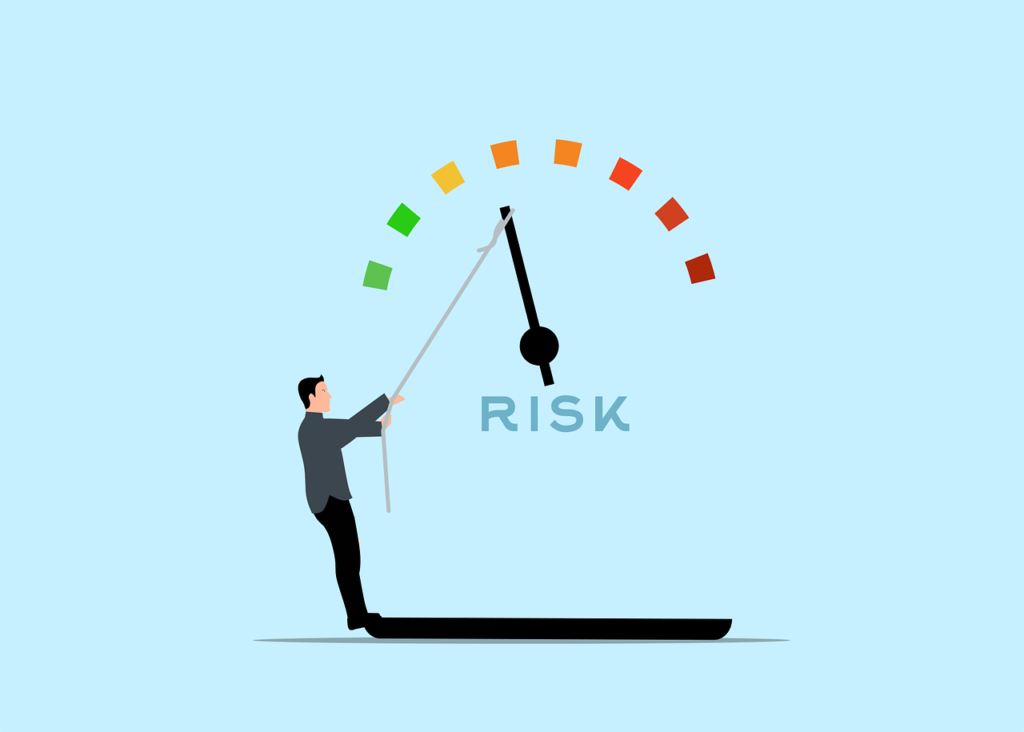In today’s fast-paced industrial landscape, the importance of risk management cannot be overstated. It forms a crucial cornerstone in both reliability engineering and asset management, serving as a proactive approach to identify and mitigate potential issues before they escalate into costly problems. This article delves into the significance of risk management and outlines the key steps involved in implementing an effective risk management strategy.
Why Risk Management Matters
Risk management is integral to reliability engineering and asset management for several reasons:
- Preventive Approach: By identifying potential risks early, companies can take preemptive measures to avoid or minimize their impact.
- Resource Optimization: Prioritizing risks allows for efficient allocation of resources, focusing efforts where they’re most needed.
- Cost Reduction: Preventing failures and downtime through risk management can significantly reduce operational costs and revenue losses.
- Enhanced Performance: Mitigating risks contributes to improved asset performance and reliability.
- Compliance: Effective risk management often helps in meeting regulatory requirements and industry standards.
The Risk Management Process
Implementing a robust risk management strategy involves several key steps:
1. Risk Identification and Assessment
The first step in risk management is to identify and assess potential risks. This can be accomplished through various methods:
- Historical Data Analysis: Examining past incidents and failures can provide insights into potential future risks.
- Risk Assessments: Conducting thorough evaluations of assets, processes, and systems to identify vulnerabilities.
- Failure Mode and Effects Analysis (FMEA): This systematic approach helps in identifying potential failure modes and their consequences.
2. Risk Prioritization
Once risks are identified, they need to be prioritized based on two main factors:
- Likelihood: The probability of the risk occurring.
- Impact: The potential consequences if the risk materializes.
This prioritization helps organizations focus on the most critical risks first, ensuring efficient use of resources and time.
3. Risk Mitigation Strategies
After prioritizing risks, the next step is to develop and implement strategies to mitigate them. Some common approaches include:
- Preventive Maintenance Programs: Regular maintenance can help prevent many potential failures.
- Operational Procedure Improvements: Enhancing and optimizing operational processes can reduce the likelihood of risks.
- Technology Investments: Implementing new technologies or upgrading equipment can address certain risks.
- Training and Awareness Programs: Educating staff about potential risks and proper procedures can significantly reduce human error-related risks.
The Benefits of Effective Risk Management
Implementing a comprehensive risk management strategy offers numerous benefits:
- Improved Reliability: By addressing potential issues proactively, assets become more reliable and less prone to unexpected failures.
- Cost Savings: Preventing failures and minimizing downtime leads to significant cost savings in the long run.
- Enhanced Decision Making: Risk management provides valuable insights that inform better decision-making processes.
- Increased Safety: Identifying and mitigating risks can lead to safer working environments.
- Competitive Advantage: Companies with effective risk management strategies often outperform their competitors in terms of reliability and efficiency.
Conclusion
Risk management is not just a best practice; it’s a necessity in modern reliability engineering and asset management. By systematically identifying, assessing, and mitigating risks, organizations can ensure the longevity and optimal performance of their assets while minimizing potential losses.
As industries continue to evolve and face new challenges, the role of risk management will only grow in importance. Companies that prioritize and excel in risk management will be better positioned to navigate uncertainties and maintain a competitive edge in their respective markets.
Remember, risk management is an ongoing process. Regular reviews and updates to your risk management strategies are essential to address new and evolving risks in an ever-changing business environment.


